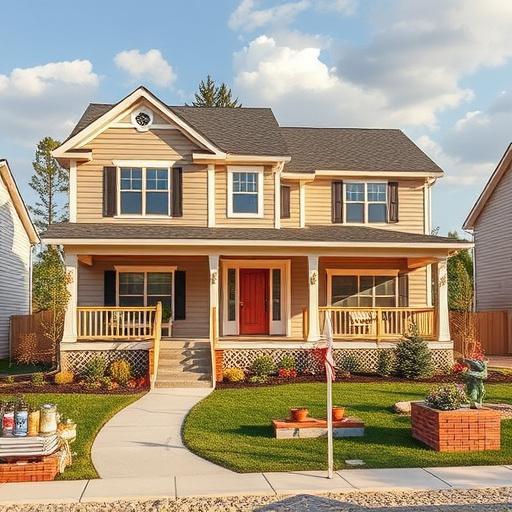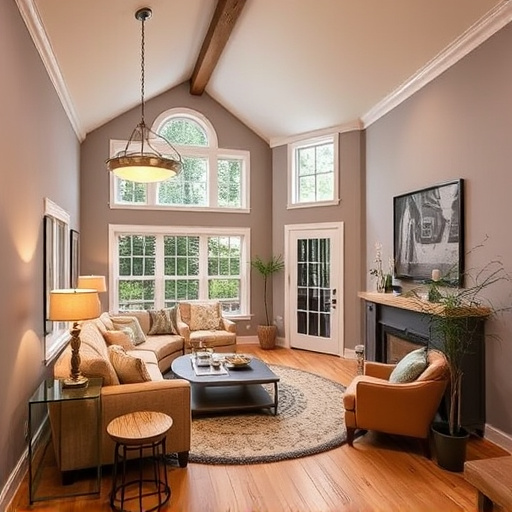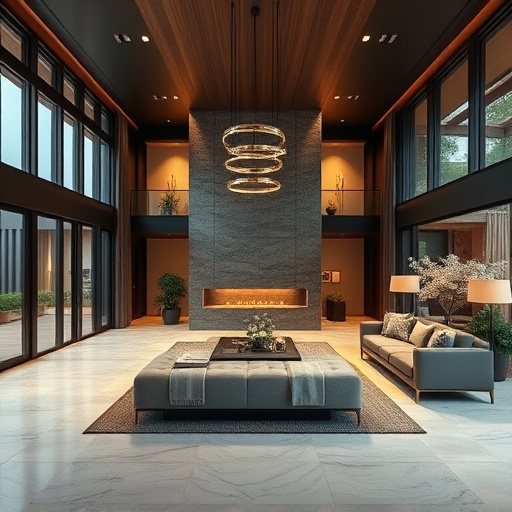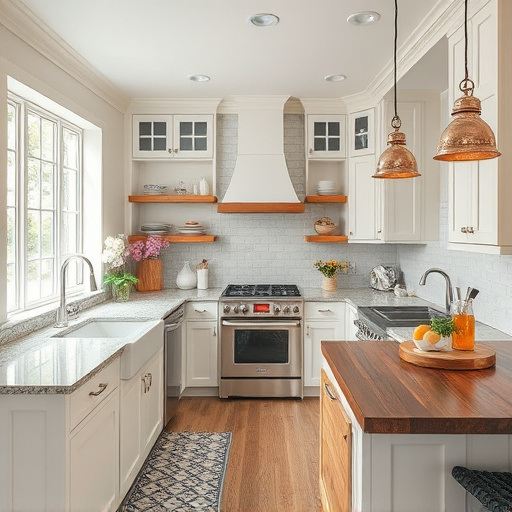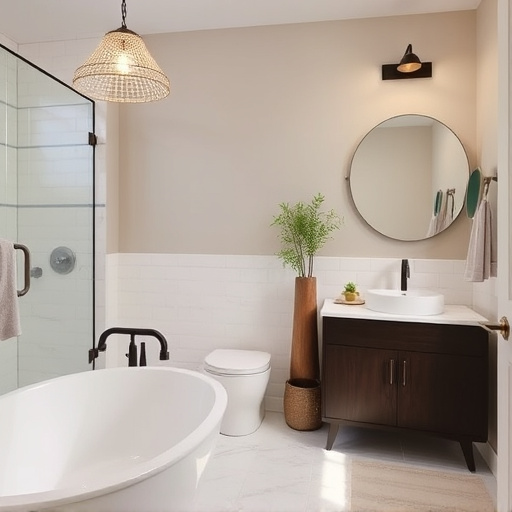Comprehensive pre-construction planning, including site assessments and stakeholder collaboration, sets the stage for successful projects. Customized work plans, precise blueprints, and tech-aided collaboration streamline processes, avoid delays, and ensure quality in construction design, particularly for home renovations.
In the realm of construction, meticulous pre-construction design is the linchpin between successful projects and costly delays. This article delves into strategic planning phases that set the stage for seamless execution. We explore how comprehensive stakeholder input prevents misunderstandings, ensuring every voice is heard. Additionally, we uncover the transformative power of technology in streamlining the design process, making it an indispensable tool for modern construction design practices.
- Phase One: Comprehensive Planning for Success
- Integrating Stakeholder Input: Avoiding Misunderstandings
- Leveraging Technology: Streamlining Design Process
Phase One: Comprehensive Planning for Success
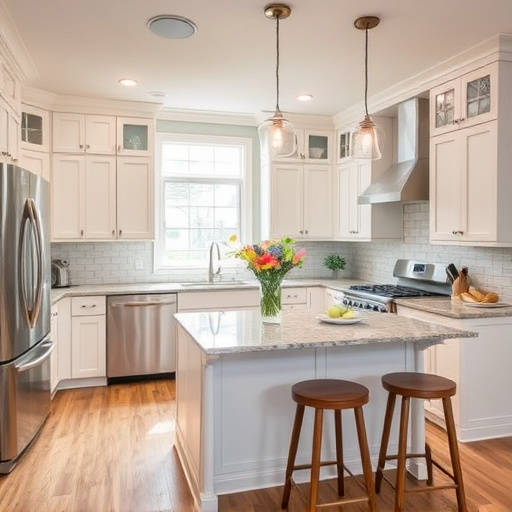
In Phase One of pre-construction design, comprehensive planning is paramount to set the stage for a successful project. This involves meticulous site assessments, considering factors like soil conditions and local regulations, which are crucial in avoiding costly surprises later. A detailed understanding of project scope and client needs is also cultivated, ensuring that every aspect—from structural integrity to aesthetic preferences—is addressed. Customized work plans are tailored to meet individual goals, whether it’s a complete overhaul or subtle enhancements.
This initial phase further includes creating precise architectural blueprints and engineering calculations. By foreseeing potential challenges and incorporating innovative solutions, such as efficient floor replacements or eco-friendly materials, the design team can mitigate delays and budget overruns. This proactive approach is particularly beneficial in customized home renovations, where personalization meets practical considerations to create a space that not only meets but exceeds expectations.
Integrating Stakeholder Input: Avoiding Misunderstandings
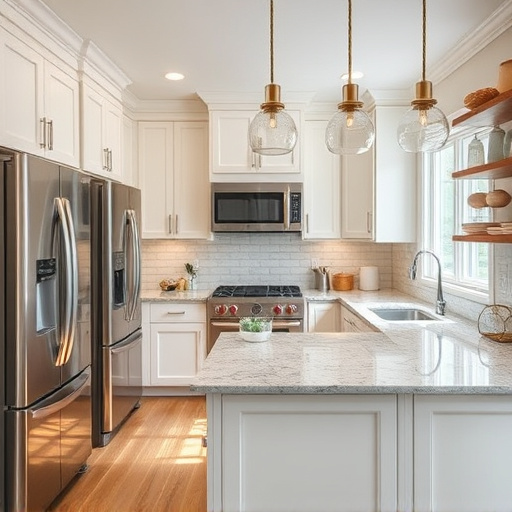
Involving stakeholders early in the pre-construction design phase is a powerful strategy to avoid costly delays down the line. When clients, contractors, and designers work collaboratively, it fosters clarity and aligns expectations. This approach ensures that everyone understands the project’s scope, goals, and potential challenges from the beginning. By integrating stakeholder input, miscommunications and misinterpretations can be significantly reduced.
For instance, when planning a kitchen remodel or bathroom renovations, understanding each stakeholder’s perspective is vital. Contractors offer insights into feasibility and material choices, while clients provide preferences for functional spaces and design aesthetics. Combining these perspectives during the construction design process helps to prevent disputes later, ensuring the final result meets both practical needs and aesthetic desires without unnecessary delays.
Leveraging Technology: Streamlining Design Process
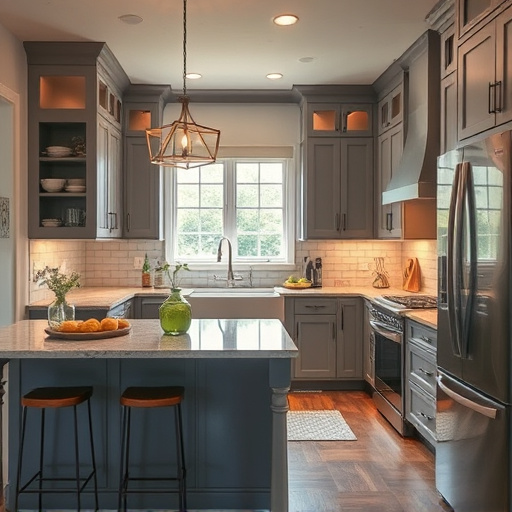
In today’s digital era, leveraging technology is essential for pre-construction design that avoids costly delays. Advanced software tools streamline the construction design process, enabling architects and engineers to collaborate efficiently. This ensures precise measurements, seamless integration of different aspects like interior painting and home renovations, and faster identification of potential issues before physical construction begins. With these technological aids, professionals can create detailed plans for home transformations, minimizing errors and enhancing overall project quality.
Streamlined design processes also facilitate better communication among stakeholders, including clients, contractors, and subcontractors. This collaborative environment reduces miscommunications that often lead to delays and budget overruns. By embracing technology, construction design teams can deliver projects more promptly, ensuring client satisfaction through timely home transformations and efficient use of resources.
By prioritizing comprehensive planning, integrating stakeholder input, and leveraging technology in the pre-construction phase, designers can significantly minimize costly delays. These strategic approaches ensure a smoother transition from concept to completion, ultimately optimizing the entire construction design process. Implementing these practices is key to delivering projects on time and within budget, enhancing overall efficiency in the construction industry.





